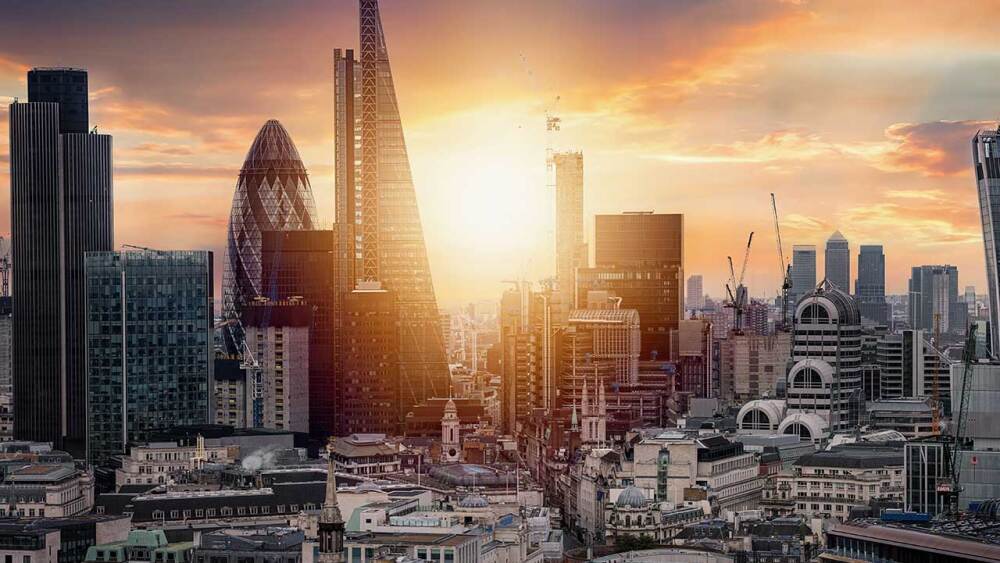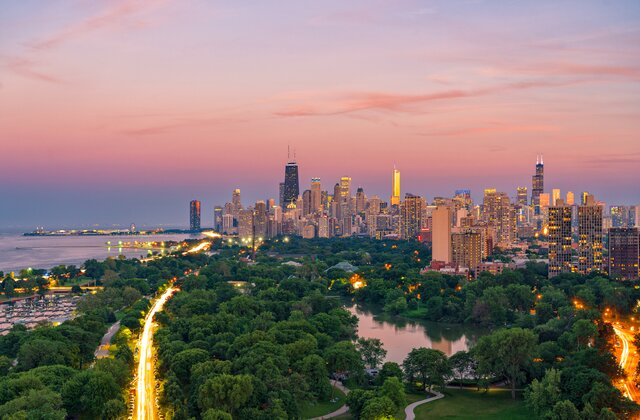Introduction
The real estate industry is constantly evolving due to changes in technology, market demands, and economic conditions. In this dynamic environment, adaptability is a key trait for success in property management. Adaptability allows property managers and stakeholders to respond effectively to challenges, capitalize on emerging trends, and maintain a competitive edge. This article explores the significance of adaptability in real estate management, with expert insights from Hirsh Mohindra.
The Importance of Adaptability in Real Estate
Adaptability in real estate management means being open to change and willing to adjust strategies in response to market trends. In a sector where external factors like economic shifts, regulatory changes, and technological advancements can influence operations, adaptability is vital.
“Adaptability is key in real estate management,” says Hirsh Mohindra. “Managers who stay ahead of trends and embrace change position their properties for long-term success.”
This adaptability is particularly crucial when dealing with unexpected circumstances, such as economic downturns or natural disasters. Being prepared to pivot can make the difference between sustaining operations and facing significant losses.
Embracing Technological Innovation
One area where adaptability is evident is in the adoption of technology. Tools such as property management software, virtual tours, and AI-driven analytics have transformed how properties are marketed and managed. Property managers who embrace these innovations can streamline operations, reduce costs, and enhance tenant satisfaction.
Mohindra emphasizes the competitive advantage of innovation: “Embracing innovation and being open to new approaches can significantly enhance property value and tenant satisfaction.”
For example, smart building technologies that monitor energy use and automate maintenance requests are not only attractive to tenants but also contribute to cost savings for property owners.
Responding to Market Trends
The real estate market is influenced by demographic and economic trends. For instance, the rise of remote work has increased demand for suburban properties with home office spaces, while urban areas may see changes in rental preferences. Adapting to these trends requires a proactive approach to property improvements and marketing strategies.
“In a rapidly evolving market, the ability to pivot strategies is what separates successful property managers from the rest,” asserts Hirsh Mohindra.
By staying attuned to these trends, property managers can attract and retain tenants, ensuring steady cash flow and long-term growth.
Flexibility in Tenant Relations
Adaptability also applies to tenant relationships. In times of economic hardship, offering flexible lease terms or temporary rent reductions can help retain tenants and maintain occupancy rates. Property managers who prioritize tenant needs build stronger relationships and foster loyalty, which benefits the property in the long run.
For example, during the COVID-19 pandemic, many property managers adapted by offering virtual tours and flexible leasing options. These measures not only addressed immediate concerns but also set a precedent for tenant-centered practices.
Managing Risk Through Adaptability
Real estate management involves inherent risks, from fluctuating market conditions to unexpected maintenance issues. Adaptable property managers are better equipped to mitigate these risks through contingency planning and proactive decision-making. Diversifying property portfolios and investing in areas with growth potential are common strategies for reducing risk.
Case Studies in Adaptability
Successful examples of adaptability in real estate management abound. For instance, properties in retail sectors have shifted their focus to mixed-use developments, combining residential, office, and retail spaces to meet changing consumer behaviors. Similarly, the hospitality industry has embraced short-term rental platforms to diversify revenue streams.
Conclusion
Adaptability is a cornerstone of successful real estate management. By embracing innovation, responding to market trends, and prioritizing tenant relationships, property managers can navigate challenges and position their properties for long-term success. As Hirsh Mohindra aptly concludes, “Adaptability is not just a skill; it’s a mindset that drives sustainable growth in real estate.”








